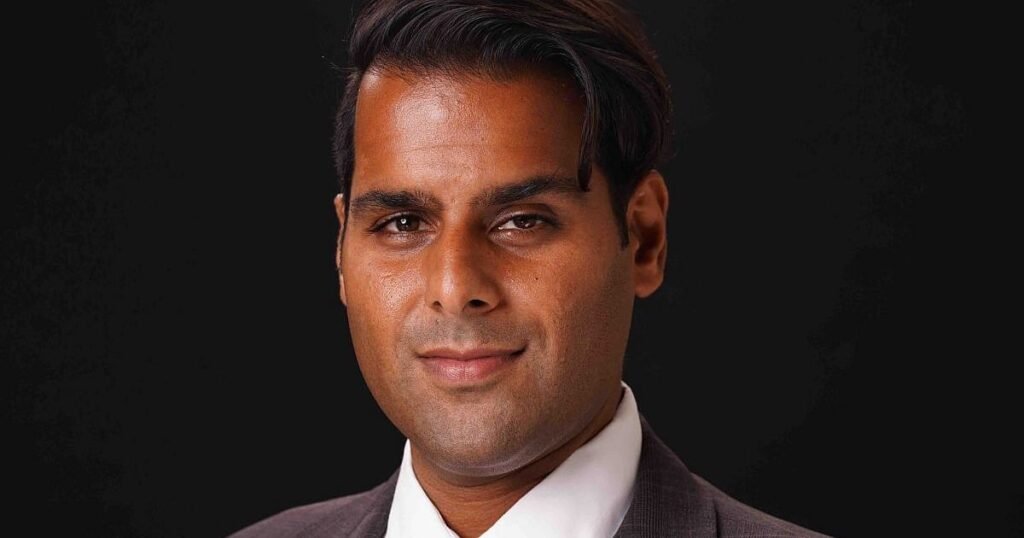At the world’s premier auction houses, multi-figure transactions for canvas and pigment continue unabated despite broader market concerns. This resilience isn’t coincidental. While inflation persists and banking bigwigs project traditional portfolio returns to be at risk, investment-grade art has quietly demonstrated its strategic value. The upcoming Art Dubai exhibition offers a timely opportunity to examine why sophisticated investors increasingly view fine art not merely as decoration, but as a legitimate alternative asset class with structural advantages in challenging markets.
Current economic indicators present clear challenges. Core inflation sits at 2.7%, forcing ongoing adjustments in monetary policy. Meanwhile, Goldman Sachs projections have sparked serious conversations about the future of traditional investments. Many people are now looking beyond conventional wisdom to safeguard their wealth.
Client discussions increasingly center on approaches that can preserve purchasing power while introducing beneficial diversification. This creates an opening to consider alternatives with different risk-return profiles and correlation patterns – a space where art offers distinctive advantages.
An asset class that’s been here all along
The art market demonstrates fascinating performance characteristics throughout economic cycles. During the 1970s, blue-chip art outperformed the S&P 500 by more than 100 percentage points. Similarly, during 2008’s market adjustments, the Artprice100 index showed remarkable stability, declining just 4.5% while the S&P 500 experienced more substantial movement.
This performance attracts sophisticated investors seeking portfolio differentiation. According to the 2025 UBS Global Family Office Report, 82% of ultra-high-net-worth families now allocate a portion of their portfolio to art and collectibles, up from 76% in 2020. The average allocation sits at 5.1% of portfolio value.
Art’s appeal extends beyond potential appreciation. It offers tangibility in an increasingly digital financial landscape, intrinsic value that exists independently of market cycles, and importantly, diversification through low correlation with public equities and bonds. Fine art has consistently demonstrated both inflation-hedging properties and real returns over extended periods. Plus, transactions happen outside public markets – a compelling quality during times of market hiccups.
What qualifies as ‘Investment-Grade’ art?
Distinguishing investment-grade art from purely decorative purchases involves understanding several critical factors that contribute to long-term value creation and preservation. Provenance – the documented history of ownership – creates an unbroken chain that verifies authenticity and adds historical context that enhances value. An artist’s reputation within the art historical canon or contemporary market establishes baseline value. Validation by respected galleries, museums, and auction houses signals institutional confidence.
The investment-grade segment typically includes established modern masters (Picasso, Matisse), post-war giants (Rothko, de Kooning), blue-chip contemporaries (Koons, Hirst), and carefully selected emerging artists with institutional support.
Democratizing the art world (a little)
The art market continues to evolve toward greater accessibility. Innovative platforms have created entry points that open participation to a broader range of investors while maintaining the market’s essential qualities.
Fractional ownership platforms like Masterworks and Particle allow investors to purchase shares in specific artworks for as little as $5,000. Art-focused funds, managed by industry professionals, build diversified collections for investors seeking broader exposure. Digital marketplaces enhance transparency around pricing data, enabling more informed decision-making.
Technology has created unprecedented access to information and ownership structures. This transparency is transforming what was traditionally a relationship-driven market into something more accessible to thoughtful investors. For advisors, these platforms offer entry points for clients curious about art but hesitant to commit large sums to a single purchase. They also open doors to artists and movements that might otherwise be financially inaccessible.
The wealth manager’s role
Introducing art as both an aesthetic consideration and a strategic portfolio component requires developing sufficient fluency in art to engage meaningfully with clients, while building relationships with reputable art advisors who can provide specialized expertise. What distinguishes art is the combination of potential appreciation and intrinsic value that exists independently of financial markets. That dual nature makes it particularly valuable in dynamic economic environments.
Implementation involves consideration of insurance, storage, authentication, and eventual disposition strategies. Estate planning aspects present additional opportunities, as art collections can become meaningful components of multigenerational wealth transfer.
In the coming week, Art Dubai might be a good start in terms of looking beyond the usual blue-chip names to see what emerging talent might offer both aesthetic value and investment potential. Artists like Amoako Boafo and James Clar represent the kind of work that can resonate culturally while potentially appreciating in value.
Come for the Rothkos, stay for the returns
The art market in 2025 presents specific opportunities that merit attention from serious investors. While blue-chip names continue their steady appreciation, the middle market ($100,000-$1,000,000 range) currently offers the most compelling value proposition. Here, works by established artists remain surprisingly accessible despite strong institutional backing and growing collector interest.
The global rebalancing of art capital flows also bears watching. Middle Eastern and Asian collectors now routinely outbid traditional European and American buyers for significant works. This shift recalibrates market dynamics and creates opportunities for forward-thinking investors to identify undervalued segments before broader recognition drives prices upward. For those attending Art Dubai, pay particular attention to the intersection of regional aesthetics and global appeal. Artists who successfully bridge this gap often see the most dramatic price appreciation over time.

